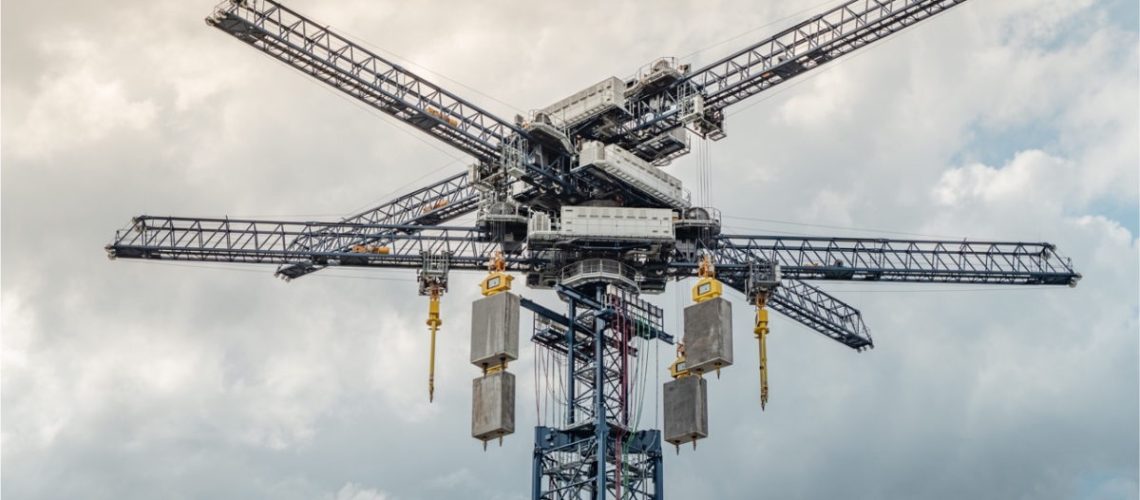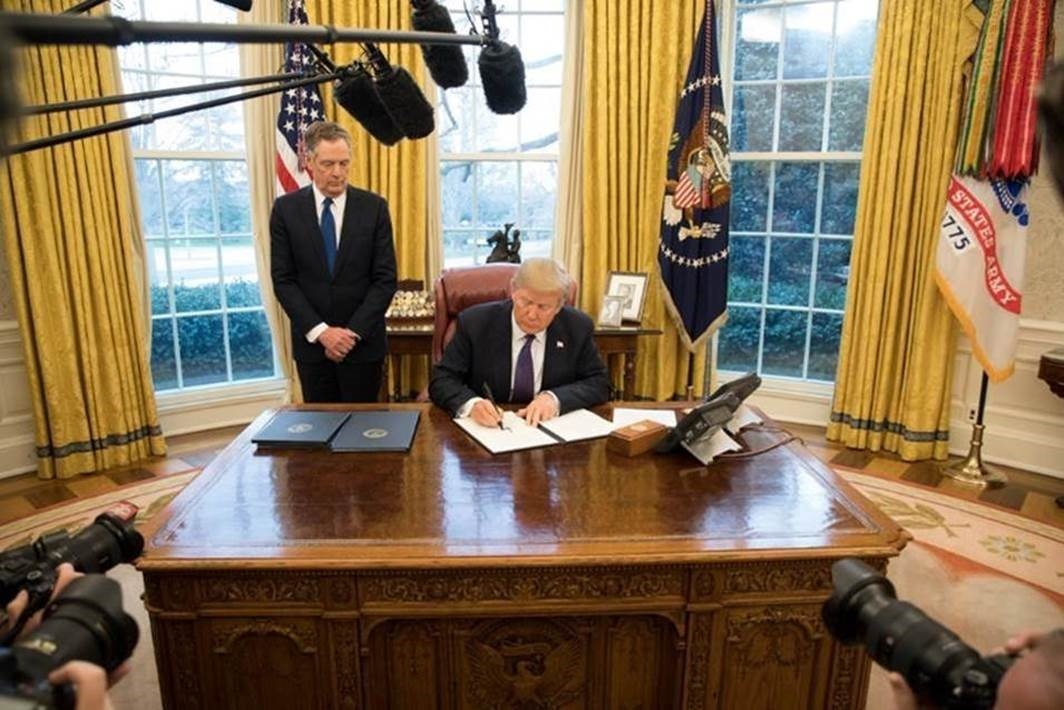Energy Vault has begun commissioning a 25 MW / 100 MWh energy storage tower adjacent to a wind power facility outside of Shanghai.
There are many ways to store energy, from electrochemical batteries, to pumped hydro, to iron-air batteries, to flywheels, and more. Energy Vault has taken a new approach, building towers with electric motors that lift and lower large blocks, making use of gravity’s force to dispatch electricity when it is needed.
The Switzerland and California-based company announced that it is entering the first phases of commissioning for its first commercial-scale gravity energy storage system (GESS). Slated to be fully grid-interconnected in Q4 2023, the gravity tower will mark the world’s first non-pumped hydro gravity-based storage facility.
The project is located near a wind power facility outside of Shanghai in Jiangsu Province, China. It is a 25 MW / 100 MWh storage system that makes use of the company’s new “ribbon” based lifting systems.
“While this represents a significant milestone, our work in China is just beginning given recent local announcements of multi-GW hours of gravity energy storage buildouts, including projects announced in 2022 supporting China’s ‘Zero-carbon parks’ initiative with Energy Vault’s gravity energy storage technology,” said Robert Piconi, chair and chief executive officer, Energy Vault.
The Energy Vault system, called EVx, has demonstrated round-trip efficiency of about 75% in a demonstration project installed in 2020 in Switzerland. The company said it expects that to be improved to about 80%, placing it in a similar range as pumped hydro storage and even grid-scale batteries.
Energy Vault’s design includes a multi-armed crane tower that lifts composite blocks using an electric (solar-powered) motor. The lifted blocks are stacked, which creates potential energy. As the blocks are lowered, the energy is harvested and dispatched for use.
Energy Vault said the tower’s design is based on the physics of pumped hydroelectric energy storage. However, as a solid “mobile mass,” the composite blocks do not lose storage capacity over time. The composite blocks can be made cheaply, said the company, using excavated soil from the construction site, waste materials like mine tailings and coal ash, and even fiberglass from decommissioned wind turbines.
The tower is controlled by computer systems and machine vision software that orchestrate the charging and discharging cycles. A range of storage durations from two to 12 hours or longer is achievable, said the company. This first commercial installation in China will use a 4-hour duration.
The first commercial installation is being built in partnership with Atlas Renewable and China Tianying. A subsidiary company of China Tianying recently announced it formed an agreement with the People’s Government of Huailai County to build an additional 100 MWh gravity energy storage project. Energy Vault said it will provide more details on this expansion during the company’s second quarter 2023 earnings conference call scheduled for August 8, 2023.
“This milestone could not have been achieved without the unprecedented collaboration between the collective teams in the U.S. and China, as the world’s two largest economies have joined forces to meaningfully address climate change. Energy Vault’s breakthrough, innovative technology is on the cusp of playing a critical role in supporting China’s clean energy transition and 30-60 decarbonization policy,” said Eric Fang, chief executive officer, Atlas Renewable.





